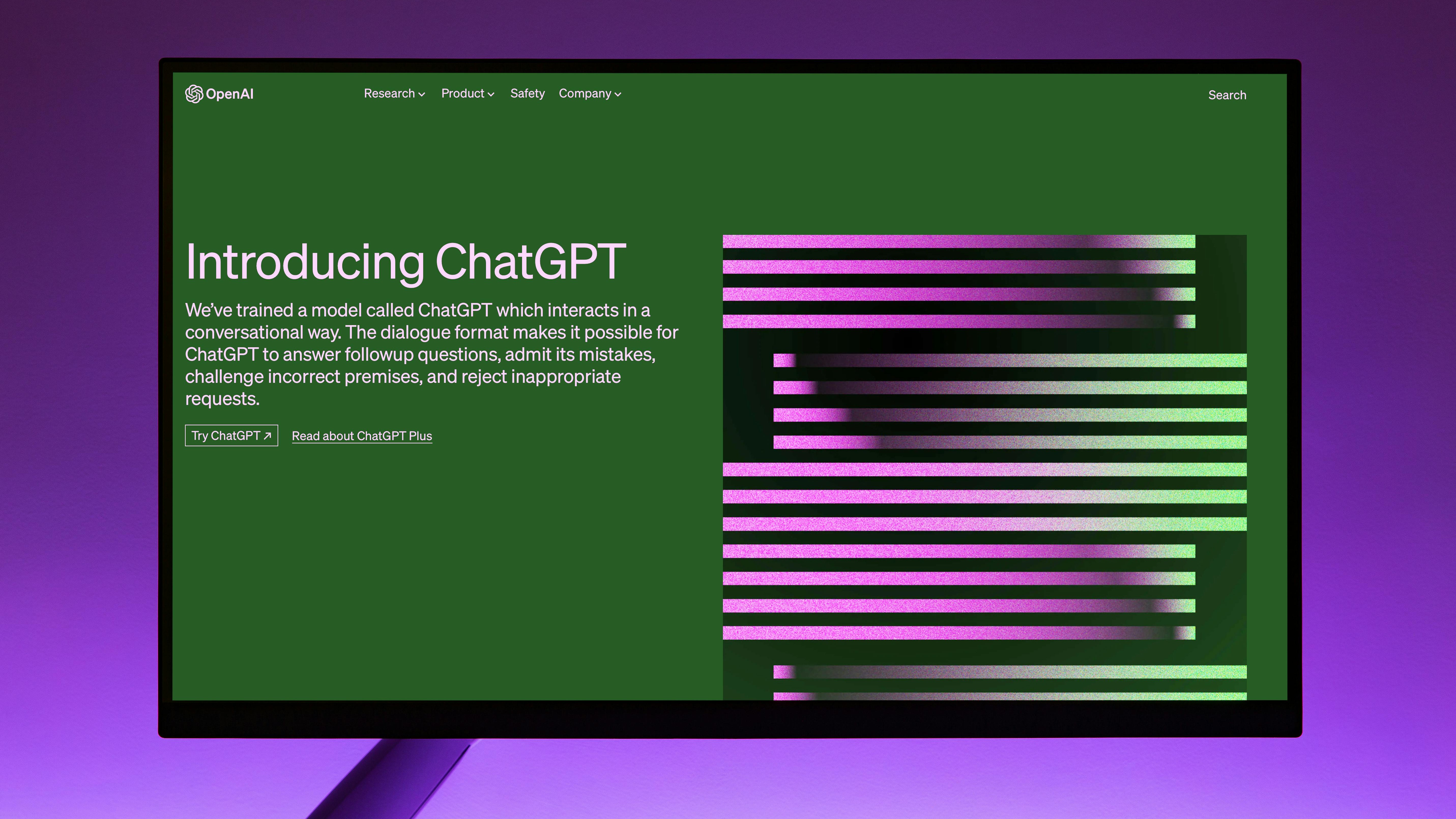
The Economic Impact of Employee Recognition Programs
In today's competitive business landscape, every aspect of human resources is scrutinized for its value. Employee recognition programs, often seen as an enhancement to workplace culture, are now being evaluated for their true economic impact. A recent study by Forrester, commissioned by Workhuman, underscores the significant return on investment (ROI) that these programs can deliver. The research revealed that a composite organization could realize an astounding $55.5 million in benefits related to retention, collaboration, and productivity over three years.
Why Recognition Matters for Today’s Workforce
With leaders like Chief Human Resource Officers (CHROs) and VPs of Talent seeking innovative ways to bolster engagement, understanding the mechanics of recognition becomes vital. The challenges faced by HR teams in implementing effective recognition can be substantial. However, this study highlights key strategies that leading organizations employ to navigate these hurdles, fostering a culture of appreciation that translates into tangible business advantages.
Building High-Impact Recognition Programs
A successful recognition program is built on certain foundational elements, including scalability and measurable outcomes. Organizations must prioritize how they communicate the value of these programs to business leaders. Integrating measurable metrics into program design not only enhances employee experience but also provides quantitative benefits that can be easily shared with stakeholders.
Future Insights and Strategies for Improvement
As we consider the future of work, acknowledgment of contributions is essential for maintaining a high-performance culture. Companies that adapt and innovate in their recognition approaches can drive greater employee engagement and retention. This shift not only nurtures a thriving workplace but also positions organizations for long-term success in a continually evolving market.
To break through the traditional molds and optimize workforce strategy, leaders must adopt these insights on recognition programs. The discussion led by Workhuman, Forrester, and industry forefront experts promises to reveal further actionable strategies for enhancing employee performance and productivity.
In essence, HR metrics are evolving, and the path towards creating empowered, high-performance teams begins with an effective approach to recognition. Join the conversation to learn not just about the ROI of these initiatives but the invaluable cultural shifts that accompany them!
 Add Row
Add Row  Add
Add 




Write A Comment